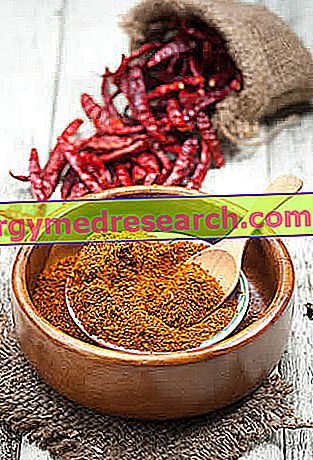Definition
Autoimmune hemolytic anemia is a blood disorder characterized by the presence of abnormal antibodies directed against red blood cells; these immune cells bind to the red blood cell membrane, reducing their survival and causing their premature destruction by hemolysis.
This form of hemolytic anemia of immune origin recognizes various causes.
Depending on the reactivity at the temperature at which the antibodies bind to the red blood cells it is possible to distinguish haemolytic anemia from hot autoantibodies (in which the antibodies are active at a temperature equal to or above 37 ° C), a cold antibody disease (the reaction occurs at lower temperatures) and mixed forms.
- Hemolytic anemia from hot autoantibodies is the most common form of autoimmune hemolytic anemia; this disease can occur spontaneously (idiopathic or primitive) or in association with certain diseases (including lymphoma, chronic lymphatic leukemia, SLE and other autoimmune diseases). For the most part, auto-antibodies are IgG with limited specificity; hemolysis occurs mainly in the spleen.
- Also the anemia of cold autoantibodies can be idiopathic (primitive) or secondary to lymphoproliferative syndromes and infections (especially mycoplasma pneumonias or mononucleosis). Infections tend to give rise to an acute disease, while idiopathic forms tend to become chronic. Antibodies are generally IgM and hemolysis occurs mainly in the extravascular system of mononuclear phagocytes in the liver. Cold autoantibody anemia includes cold agglutinin disease and paroxysmal fry hemoglobinuria.
An immunologically mediated erythrocyte lysis can also occur due to the intervention of alloantibodies in the transfusion hemolytic reaction (following transfusion of blood from an incompatible donor) and in the haemolytic disease of the newborn .
Finally, there are cases (around 10%) on an immunological basis that can be related to the previous intake of a drug . The mechanisms by which these medicines damage erythrocytes and induce hemolysis may be different (some drugs stimulate the production of autoantibodies against Rh antigens; others bind to the red blood cell membrane temporarily acting as haptens). Possible drugs that can cause hemolytic anemia include a-methyldopa, levodopa, high-dose penicillin, cephalosporins, quinidine and sulfonamides.
Most common symptoms and signs *
- Adynamia
- Anemia
- Asthenia
- Chills
- Cyanosis
- Dyspnoea
- Abdominal pain
- hemoglobinuria
- Hepatomegaly
- Temperature
- Shortness of breath
- Hypotension
- Jaundice
- Backache
- Headache
- Pallor
- Raynaud's syndrome
- splenomegaly
- Fainting
- Tachycardia
- Dark urine
- Dizziness
Further indications
Autoimmune hemolytic anemia can occur suddenly or develop gradually.
Depending on the severity of haemolysis, high fever, severe asthenia, malaise, headache and severe lumbar region pain may occur. The weakness induced by haemolytic anemia can be associated with tachycardia and dyspnea on exertion and, sometimes, syncope. In addition, jaundice, dark brown urine emission, hemoglobinuria and hepatosplenomegaly may occur.

In cold autoantibody disease, other signs may be present secondary to prolonged exposure to cold, such as acrocyanosis, Raynaud's syndrome or ischemic accidents associated with low temperatures.
Diagnosis is based on clinical or laboratory evidence of hemolysis. Treatment depends on the specific cause; possible approaches include corticosteroids, IV immunoglobulins, use of immunosuppressants, and splenectomy. In drug-induced cases, it is possible to evaluate the interruption of the administration of the causal agent to obtain remission of the disease.



